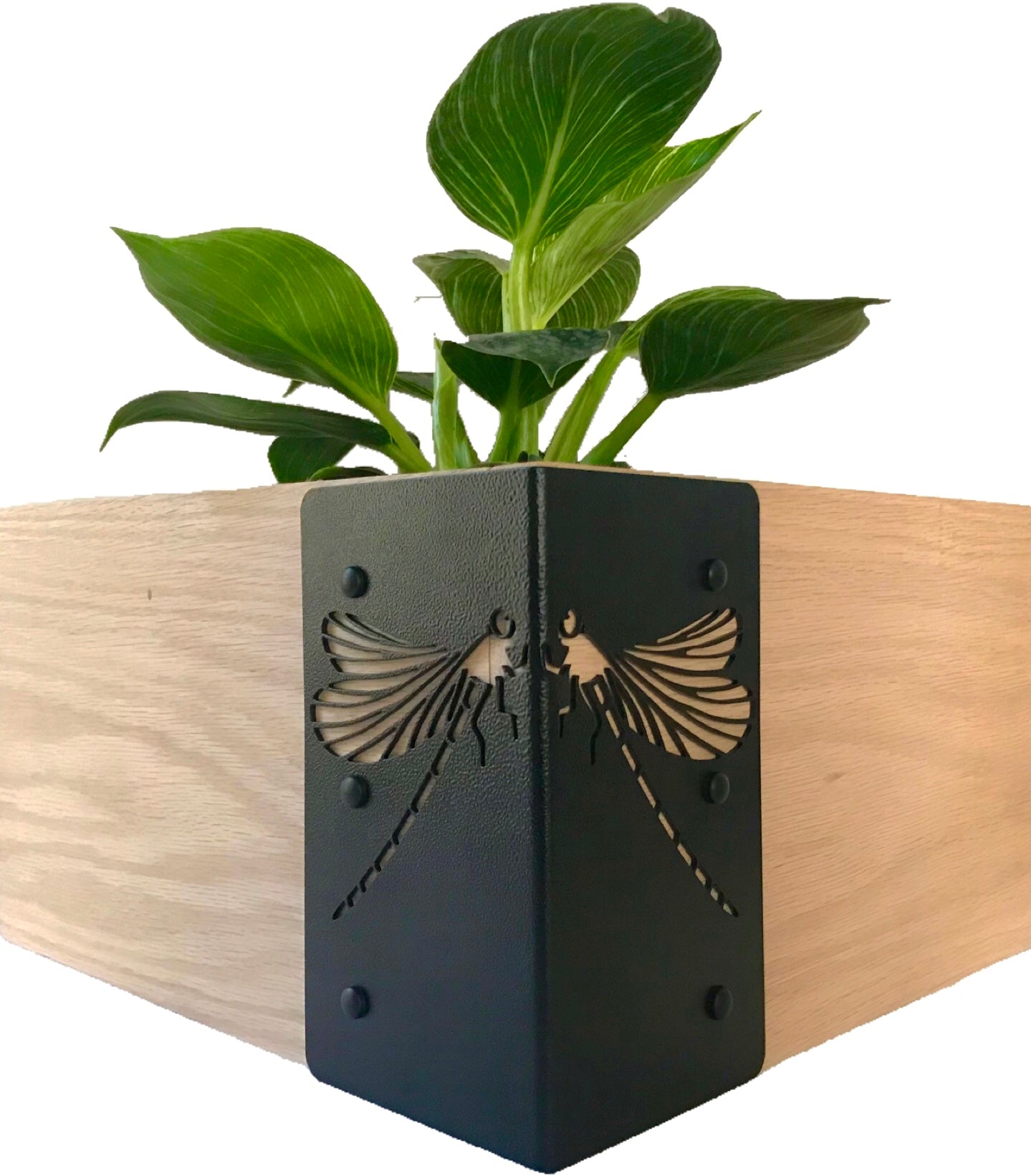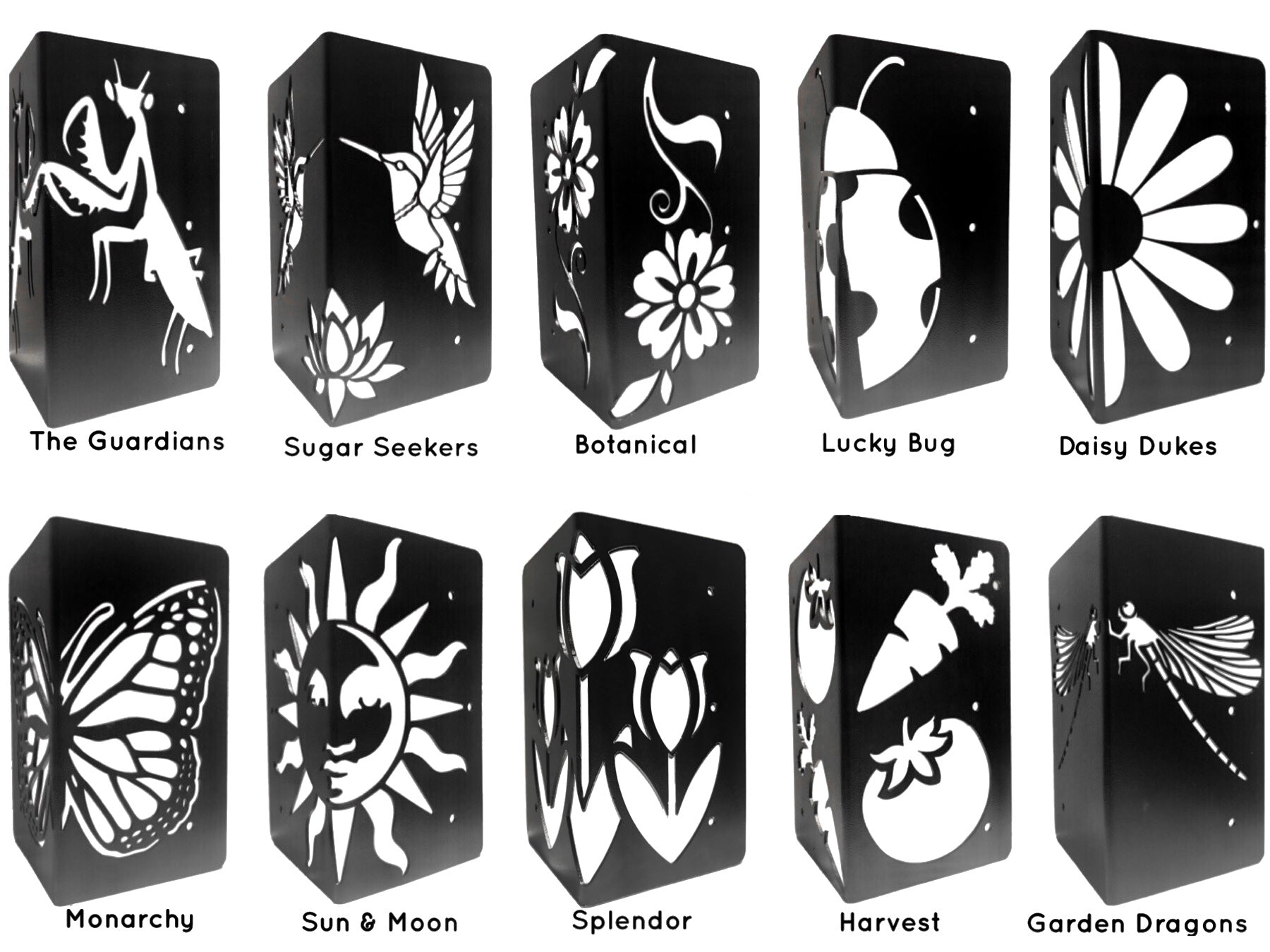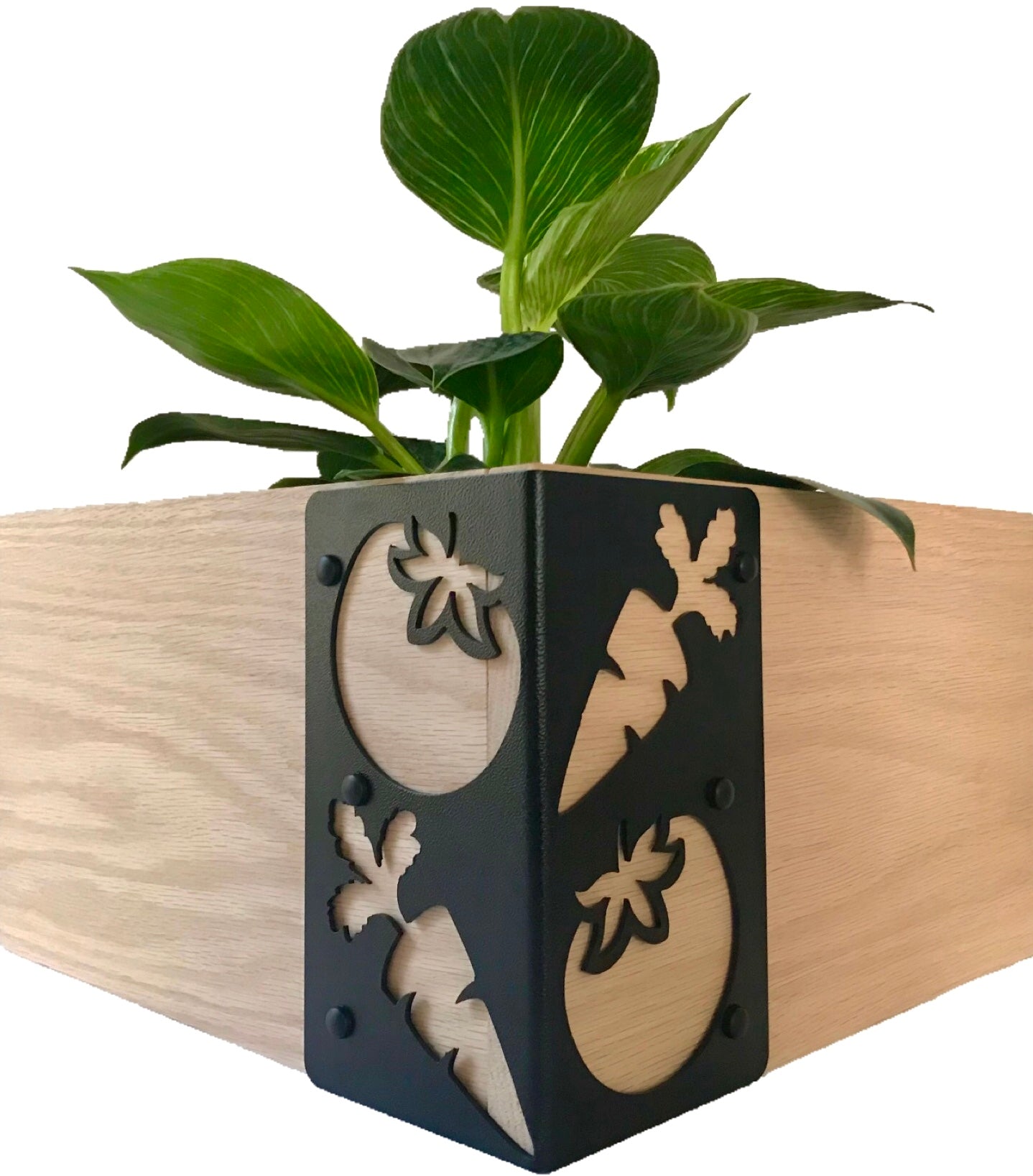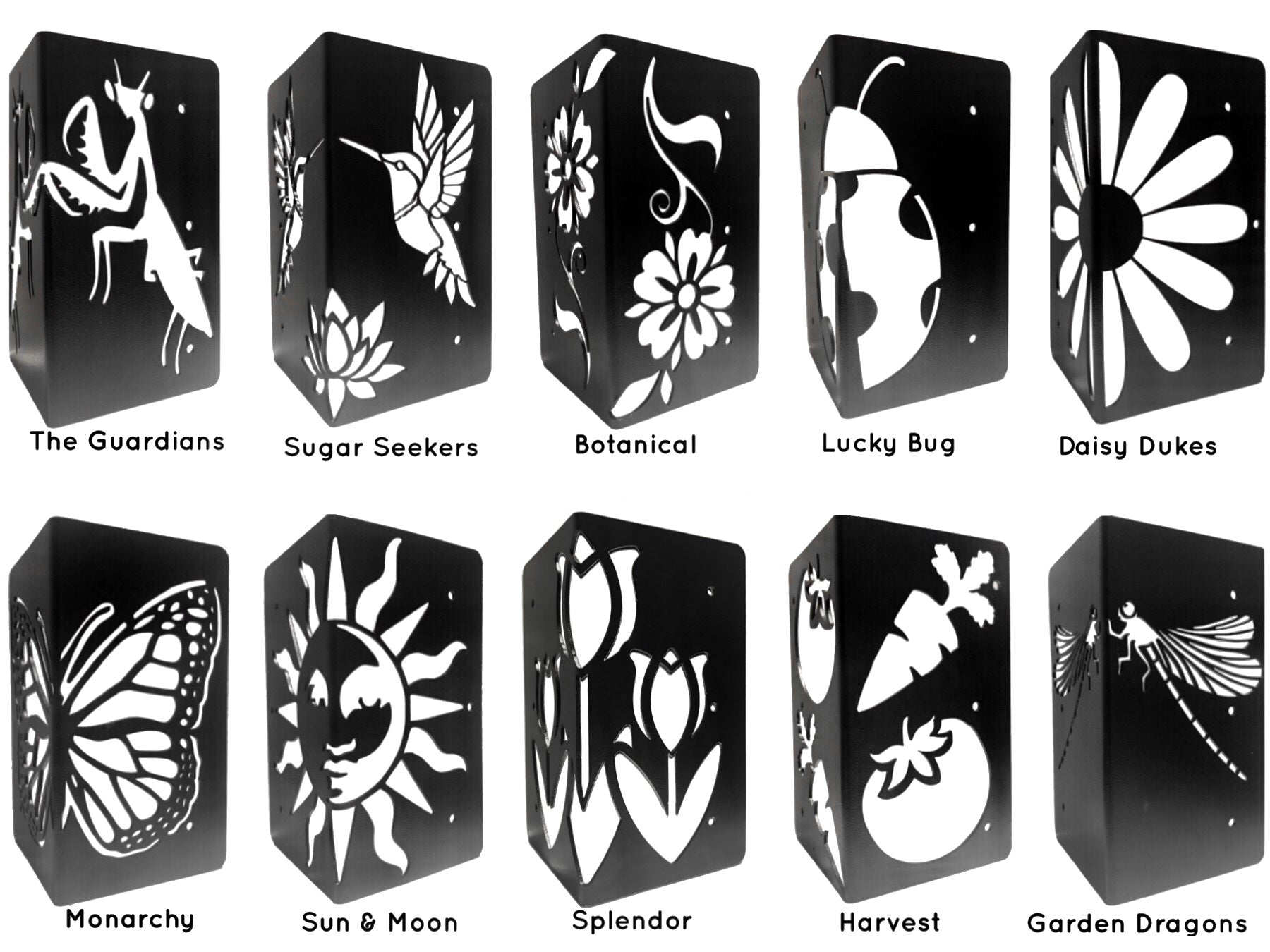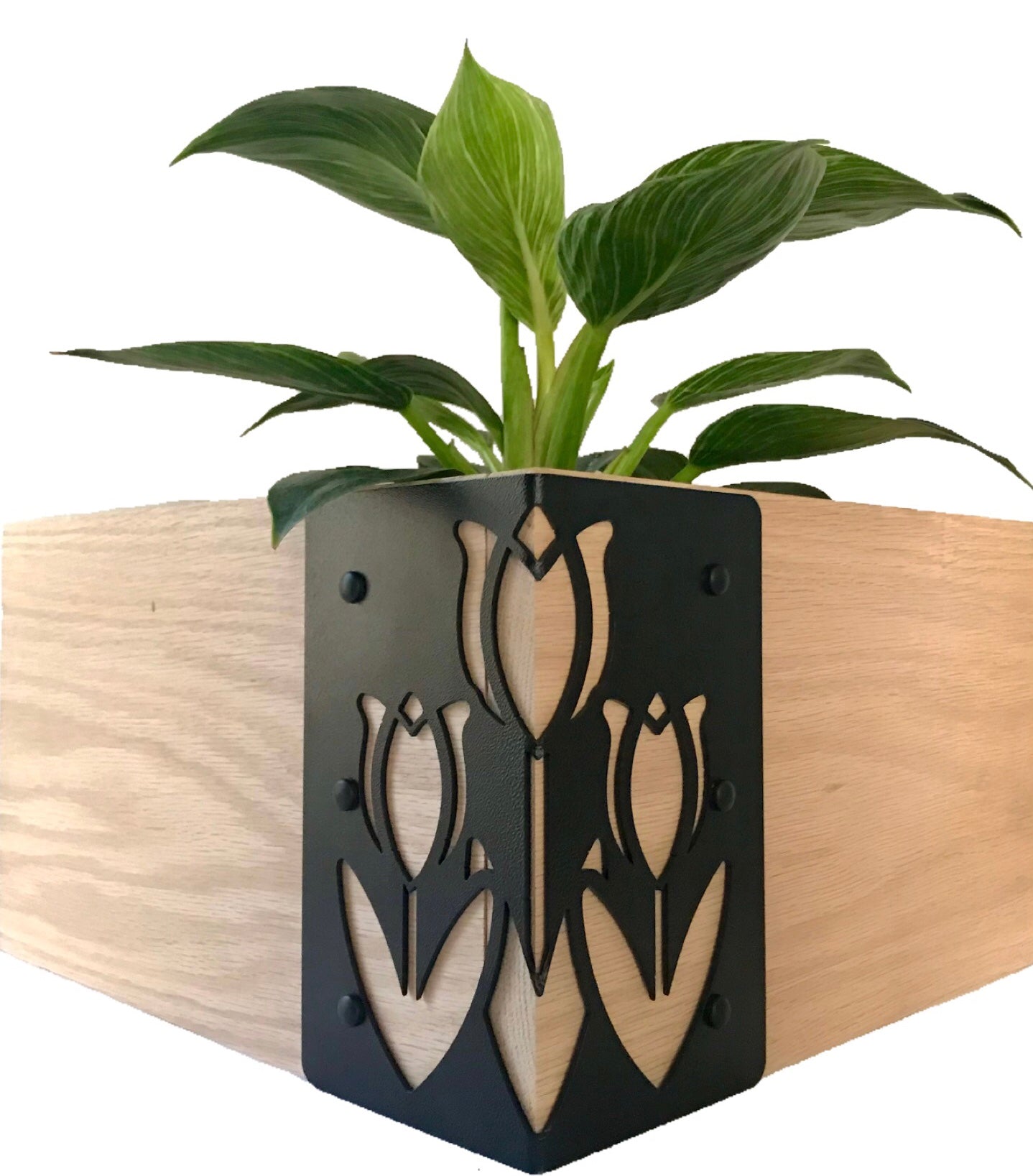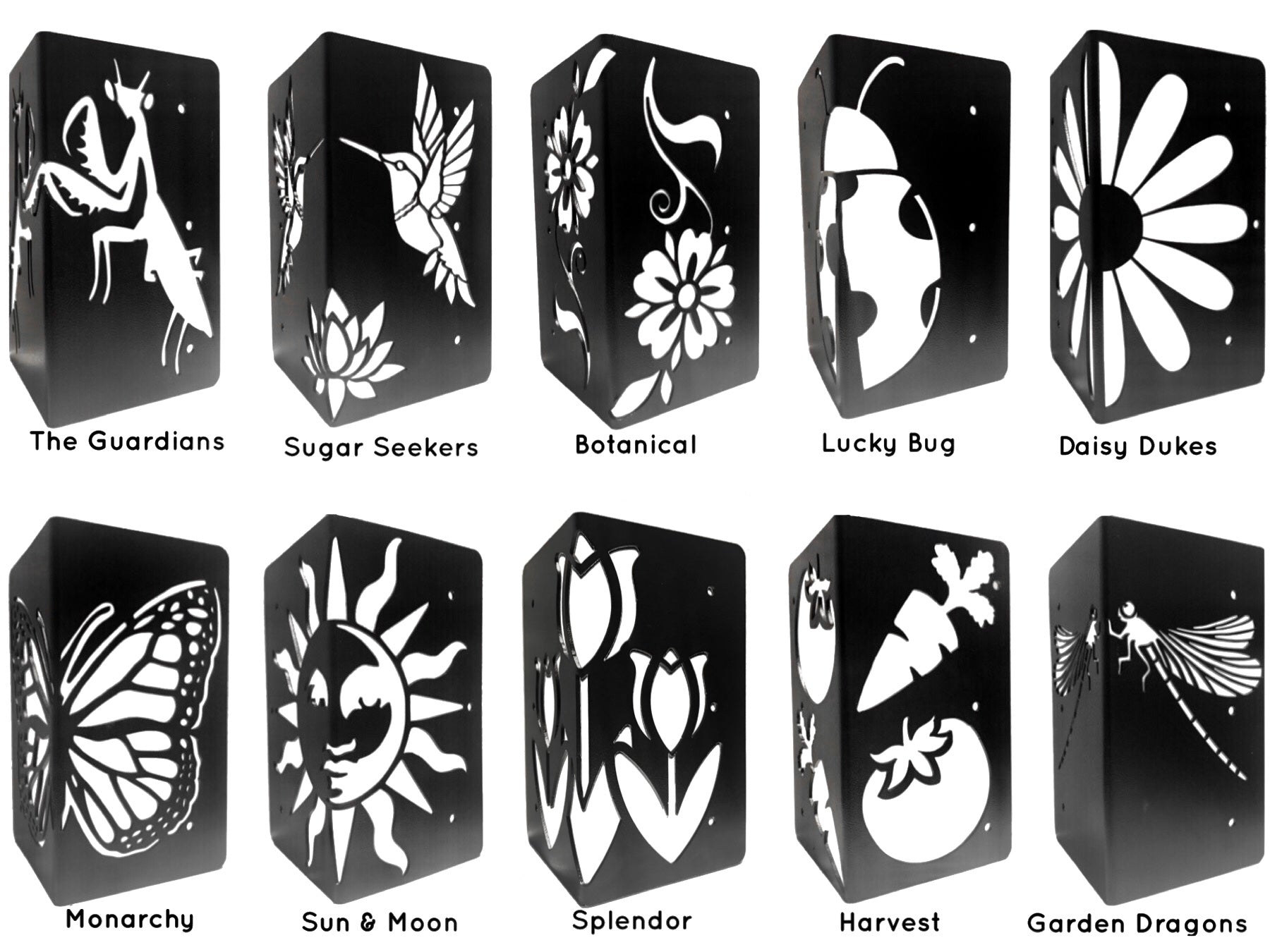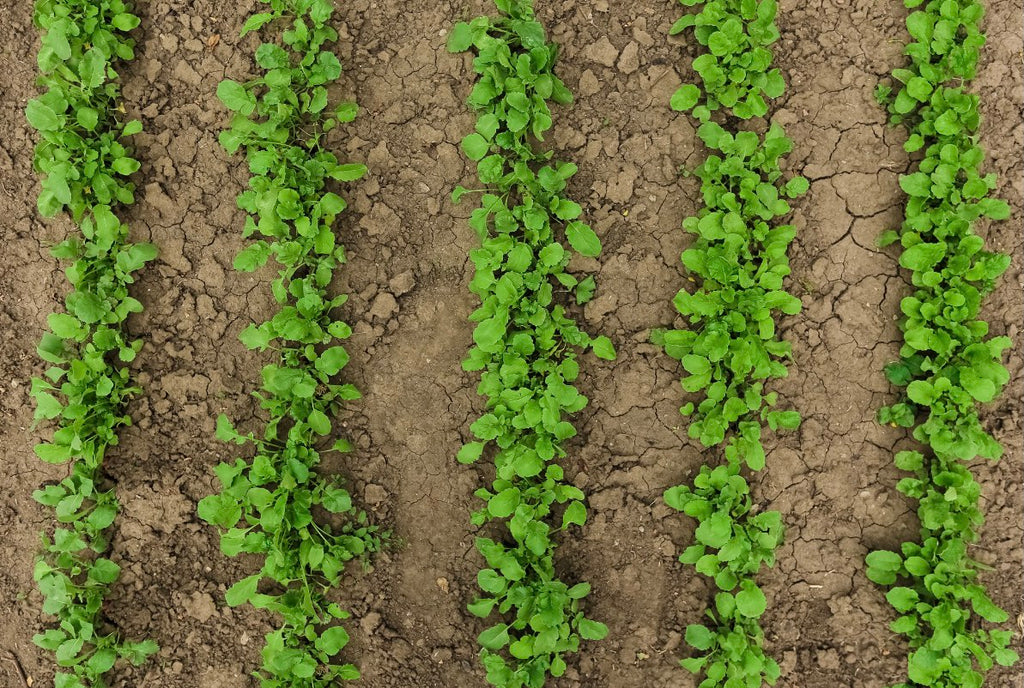
How big should my raised bed garden be?

There are several things that you must consider before figuring out the size of your raised bed. Some of these factors include soil conditions, space limitations, and the ergonomics of a raised bed, important for physical comfort.
When looking for an average size for your raised vegetable bed, there are various sizes that you can consider. There is no "same rule applies to all" when it comes to deciding raised bed size. It all depends on how small or large you want it, the kind of vegetables you're planning to grow, and the available space in your yard.
Determining the height of a raised bed
The height of a raised bed typically ranges from 30cm ( 12 in.) to 46 cm ( 18 in.), with a maximum of 91cm ( 36 in.). The factors involved in determining the height are largely the soil underneath and the type of vegetables you plan to grow in your yard. If your yard's existing soil is of poor quality, then a taller bed will give the plant roots more usable soil. If your existing soil is of fine quality, a shorter raised garden bed will work fine.
Plants with shallow roots system, such as lettuce, grow well in a short raised garden bed. On the other hand, plants with a deep root system require taller beds. A taller raised garden bed makes it easy for you to take care of your plant without too much bending down; keep in mind that with the increase in height, your raised bed will need more support. Any bed taller than 46 cm ( 18in.) benefits from support boards; it prevents the bedsides from bowing down from the soil's additional weight. You'll also need to bind the corner of your raised beds with accessories like bed corners to make them robust and less likely to break.
Determining the width of a raised bed
Expert gardeners recommend a width between 3 ½ and 4 ft for a raised garden bed. It will give your plants enough room to grow without overcrowding. By keeping the width between 3 ½ to 4ft, you can maximize your access to all of the plants in the raised bed. It also makes the harvesting easier as you'll be able to reach the center of your raised bed from either side. You'll not have to step into the raised bed, thus compacting the soil to harvest your produce this way.
Determining the length of a raised bed
Determining the length of your raised garden bed is a matter of available space and personal preference. With proper support and by installing bed corners, you can make them as long as you desire. Cross supports installed at every 6 ft provide structural integrity to your raised bed. If your bed is long and tall, installing support boards every 4ft will help strengthen the structure. Customizing your beds' length to fit into a specific area maximizes your available space.
Spacing between the raised garden beds
Having a series of smaller raised beds in your yard will allow you to grow different types of vegetables separately. Having smaller raised beds will also make it easy for you to walk around to reach various parts of your garden. A distance of at least 2ft between raised garden beds will allow you to access all of the gardens' plants easily. The recommended distance between raised garden beds by the University of California is 4ft; it's perfect for maneuverability and also ensures that the plants in one bed don't block the sunlight for other raised beds. If you're leaving grass between 2 raised beds, at least leave the distance for a mower to reach the path.
The shape of your raised garden bed
The decision of shape totally depends on your preference and available space. You can build either squares, rectangles, ovals, circles or T's, etc.; the decision is entirely yours; just make sure that you can reach all areas of the raised bed from the edges.
How to make the most of your raised bed garden
Experts warn beginner Gardner against the use of treated wood when building raised garden beds in the yard. The last thing you want to grow and consume are vegetables contaminated with toxic chemicals from the treated wood.
There are various materials available in the market that you can choose to build your raised garden beds; all it takes is for you to determine which one suits your needs best. Now, for making the most out of your raised bed, you can consider square foot gardening.
This method only requires a 4×4 size raised bed but can hold a lot of plants. You need to create 12 small boxes inside the bed and allot each box for planting one variety of vegetables.
It is also possible to obtain more produce in this small bed size since you can grow a variety of vegetables. You can plant various vegetables in just one bed and a couple of seeds or transplants in one box. You just need to find enough topsoil to fill the rest of the raised garden bed, plant your selected seeds or transplants and top it off with mulch to keep the soil moist.
This raised bed gardening method is suitable for people with small spaces available or even those without yards. You can also put up an elevated raised garden and place it in your patio and allow yourself to continue gardening and growing vegetables.
You don't need to have a lot of space to construct your raised garden bed. What you actually need is an area that receives full sun for the most part of the day — not less than 6 hours. The edible plants in your bed require a lot of sunlight to ripe fully and set fruit for your harvest. The dimensions of your raised bed, on the other hand, are flexible, but by staying within certain ranges, you can improve your access to plants along with increasing your structures' stability.


